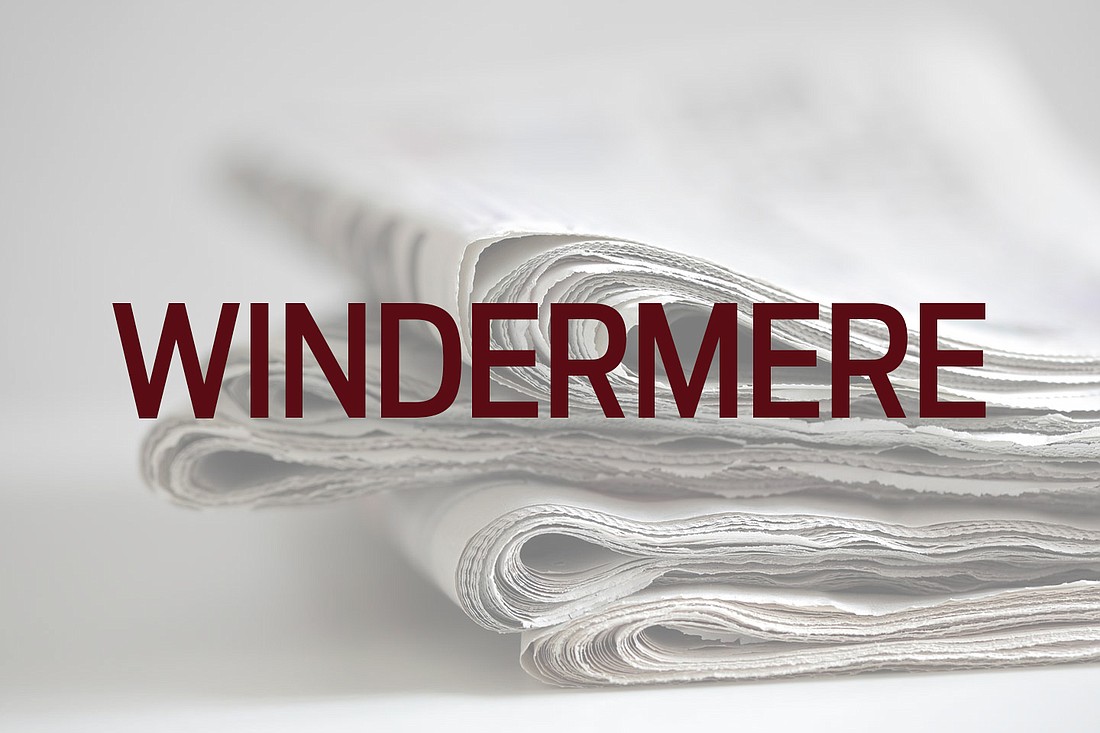- July 26, 2024
-
-
Loading

Loading

WINDERMERE – As they read the projector screen listing the cost estimates to bring utilities to Windermere, Mayor Gary Bruhn and his fellow council members released heavy sighs.
The costs for the utilities expansion initiative, which totals about $89 million, presents a big challenge for a town with a $5.18 million budget.
The purpose of the workshop, held Tuesday, Jan. 23, was to explore the estimated costs to retrofit the town of Windermere for water, wastewater and underground electric, possible outside funding sources and discuss how to begin what is likely to be a five to 10 year process.
The initiative, Windermere Town Manager Robert Smith said, has been a longtime goal because of high resident demand.
“Getting utilities to the town has been a conversation that’s been going on since I’ve been here,” Smith said. “Especially when it came to getting sewer to the commercial developments, because they’re limited without access to sewer. And then you have people wanting to get a potable water system as well. So for water and wastewater, there’s always been an outcry of need for it. ... As far as the undergrounding of electrical systems, that typically comes from hurricane seasons or when someone’s power goes out.”
The once-unattainable goal to expand the town’s utilities has come within grasp now that the town has managed to build up its reserves, Smith said.
At the workshop, the Town Council agreed to tackle the project in steps, starting with a focus on adding water, which Smith said might cost somewhere around $8 million, according to his own estimates.
The first step would be to acquire a master plan for the project, which Smith could use to explain the town’s financial need while hunting down possible external funding sources from the state and federal government with the help of a lobbyist.
“So what we would do is fund the $130,000 to do the master plan using our own budget,” Smith said. “Once that master plan is done, I could have more accurate numbers and figures and come up with justification for the expenses that I could then take to the state and D.C. to try and find funding for phase two, which would be the actual design, which is about $460,000. Then once that’s funded, I would continue my efforts in negotiating with the state and the federal government to get the remaining balance of $7 million.”
If all goes well, and Smith gets enough funding from other sources, he could proceed with the project.
But if they only agree to financially assist with a percentage of the cost, town leaders would need to think of a way to pay the town’s required share of the expenses, which could include increasing taxes or simply delaying the project until the town eventually finds a grant to fund all costs.
Assuming that succeeds, once construction and installation are completed, the town then would seek to recoup costs for the capital infrastructure improvements by charging an impact fee, otherwise known as a “system development charge,” of $6,750 per equivalent residential unit, which is consumption-based.
Likewise, if the town were to also pursue the addition of wastewater afterward, the estimated cost would be somewhere around $25,000 per equivalent residential unit. With these numbers, which are only rough estimates, a residence could expect to pay nearly $32,000 in total to connect to both.
“Only the people hooking up to the system would be charged that impact fee,” he said. “It’s consumption-based and doesn’t affect other people who are already hooked up to the system.”
Smith said the high costs can be attributed to having to retrofit an existing town, particularly one without the capability to charge impact fees to commercial developers.
“You try to get money where you can,” he said. “But … it’s a hard sell for us because of what people perceive us as. We’re perceived as a wealthy community that can afford anything, but that’s not the case. We don’t have Keene’s Pointe; we don’t have all of these areas that people think we do. We’re not the city of Windermere — we’re the town of Windermere. So we don’t actually have the tax base that people think we do.”